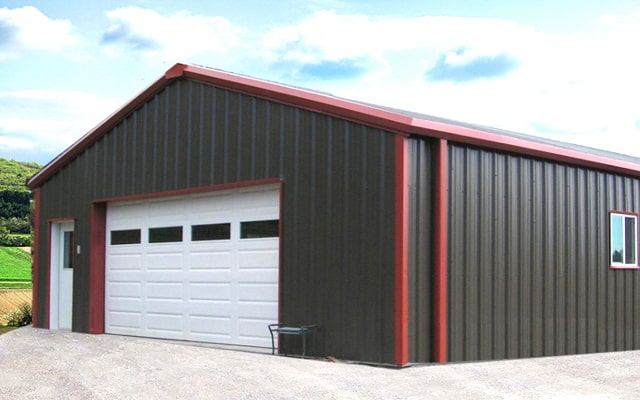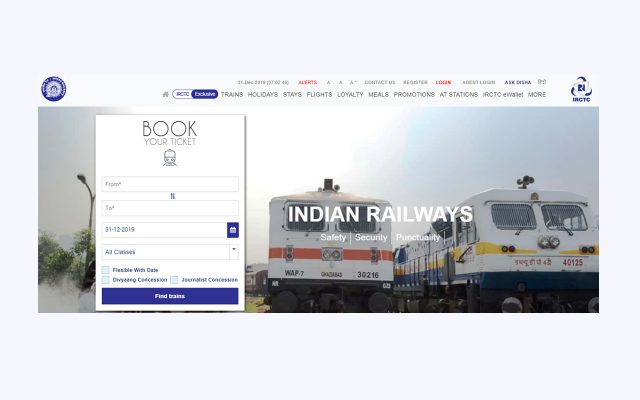How Metal Buildings Protect from Natural Disasters?

Extreme weather, from torrential downpours to solid winds to icy conditions, may significantly impact building structures. Efforts to increase structures' resistance to severe weather have made great progress. Resiliency has become an increasingly significant issue in the metal construction business, and with hurricanes, etc. Increase the resilience of your steel structure by being prepared with the appropriate accessories, codes, and loads.
How Metal Buildings Protect Weather Conditions?
Metal buildings can resist nature's most dangerous times, giving building owners optimum damage protection. Here are the main ways that metal constructions withstand harsh weather.
Ductility
Ductility is the ability of a material or structure to withstand significant deformations without failing. Metal buildings, when properly constructed, are very malleable. It implies that metal buildings can flex without breaking. This type of feature is very significant in places prone to earthquakes and severe winds.
Superior Insulation
Even if you opt to store goods for the winter, you will want to keep an eye on them. It is especially true for expensive motorized equipment such as livestock feed, automobiles, boats, and other powered equipment. Some of these products may not be able to withstand being frozen rigid in the cold.
With a timber storage facility, you'd have to worry about insulating the structure against the cold, but with steel, you never have to. Because of its form and composition, a steel building provides natural insulation, which helps to keep the interiors warm even during the winter. It is the ideal winter storage solution for goods that must remain warm in cold weather. They also offer the option of inserting custom text.
Fights Rust and Corrosion
While untreated metal is vulnerable to rust and corrosion when exposed to moisture over extended periods, most pre-engineered metal structures are constructed with galvanized steel components and parts. These parts are zinc-coated to make them resistant to oxidation. In addition to galvanizing, the wall and roof panels of a pre-engineered structure are frequently coated in protective paint, which not only acts as an additional barrier against rust but may also be tailored in a variety of colors to satisfy design demands.
Metal Buildings Have Great Strength
The strength of most materials varies. Two pieces of the same wood species, for example, will have different strengths, as will two pieces of concrete. Steel has a far higher specific power than other materials, which means that pre-engineered steel buildings generate more robust, more lasting structures with considerably less material and work than other materials.
Non-Combustible
Steel does not burn, it does not ignite, it does not feed the flames, and it does not cause the fire to spread. The steel frame has a fireproof material.
Withstand Earthquakes
Metal structures withstand earthquakes. Earthquakes shift and relocate a building's foundation. Metal buildings, as previously stated, are highly malleable; they can withstand a great deal of bend and distortion without failing. Metal buildings are also lighter than other types of structures. It is beneficial during earthquakes since it reduces the force that might tear a system apart.
Protects From Snow
Snow may be looking good, but heavy, cold, and wet may inflict extensive structural damage. Because of the additional weight, there is a greater risk of roof collapses and other structural damage when heavy snowfall occurs. Not to mention that snow moisture might cause decay or mold. Fortunately, a well-designed metal building can withstand any quantity of snow. Metal support beams are incredibly robust, allowing them to sustain far more weight than other types of structures. Furthermore, metal buildings are prone to moisture-related concerns such as rot or mold.
Protects From Fire
Building intelligently is one approach to deal with such catastrophic natural disasters. Choosing fire-resistant materials is part of the intelligent building. Steel's durability, noncombustibility, and fire resistance make it a great and wise building material for fire-prone locations. Steel frame may preserve structural integrity during fire exposure when correctly planned and constructed, unlike timber structures that would burn or vinyl buildings that will melt.
Withstand Hurricanes
Because of their flexibility and water resistance, metal buildings are excellent for construction in hurricane-prone locations. Trees may fall on your metal buildings. However, this will be a minor blemish compared to other facilities where a falling tree may completely demolish the structure. In worst-case circumstances, your metal structure may flood, but due to metal's water-resistant characteristics, this will not cause long-term structural damage.
Prevents Flooding
The mold resistance qualities of metal buildings ensure a more straightforward repair procedure than those of wood. Mold may damage the system of wood and is extremely tough to remove. Metal buildings constructed with the proper materials are corrosion resistant, resulting in minimum damage.
Typically, the paint on virtually any structure gets damaged following a flood. Fortunately, metal structures have minor paint damage, saving you money on repainting in the event of floods. After a flood, repairing a metal structure may simply need a few replacements of drywall, carpet, and perhaps some cabinets or ossified materials.
Conclusion
Metal buildings with living quarters are ideal for extreme weather construction because they can endure heavy rain and snowfall. Metal structures are highly robust and can withstand the most influential pressures while incurring minimum damage and safeguarding their contents. Mother Nature is unyielding and unpredictable; we cannot control the forces of nature, but we can prepare for the effect. In the event of inclement weather, metal buildings give safety and protection.







